How Many Species of Giraffes Are There In The World?
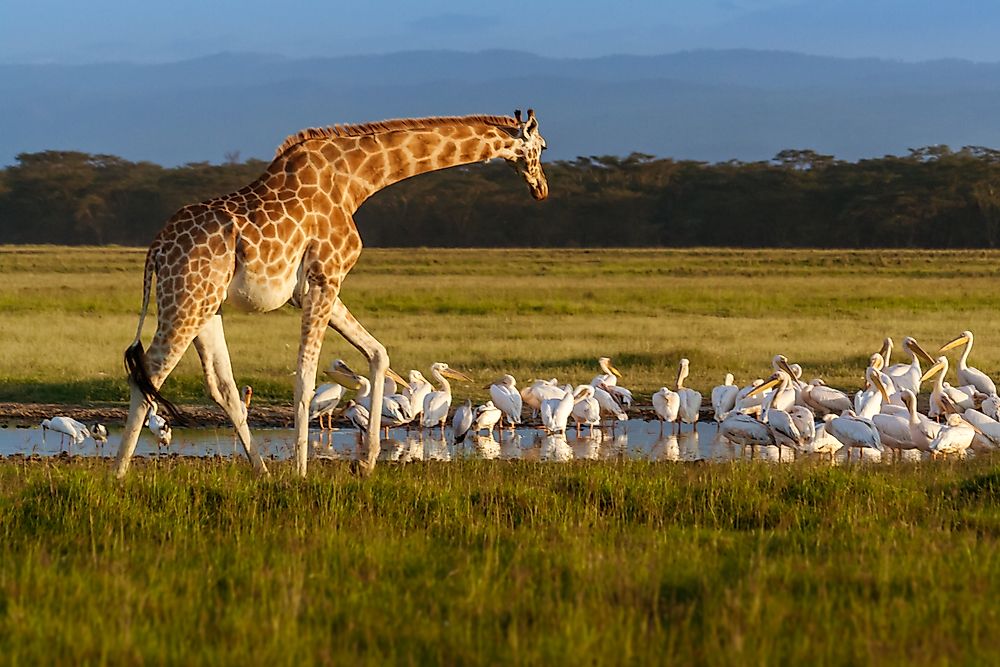
There are many theories relating to the number of species of giraffes. The most widely-known theory explains that there is only one species, the Giraffa camelopardalis, with nine closely related sub-species. A publication in Current Biology in September 2016 popularized the four-species theory. This theory was based on a genetic analysis of the relationships between the subspecies of giraffes. The Northern Giraffe, Masai Giraffe, Southern Giraffe, and the Reticulated Giraffe are the four different species. Biologists are divided on the most appropriate theory, but the International Union for Conservation of Nature (IUCN) recognizes only one species with nine sub-species.
9. Kordofan Giraffe (G. c. antiquorum)
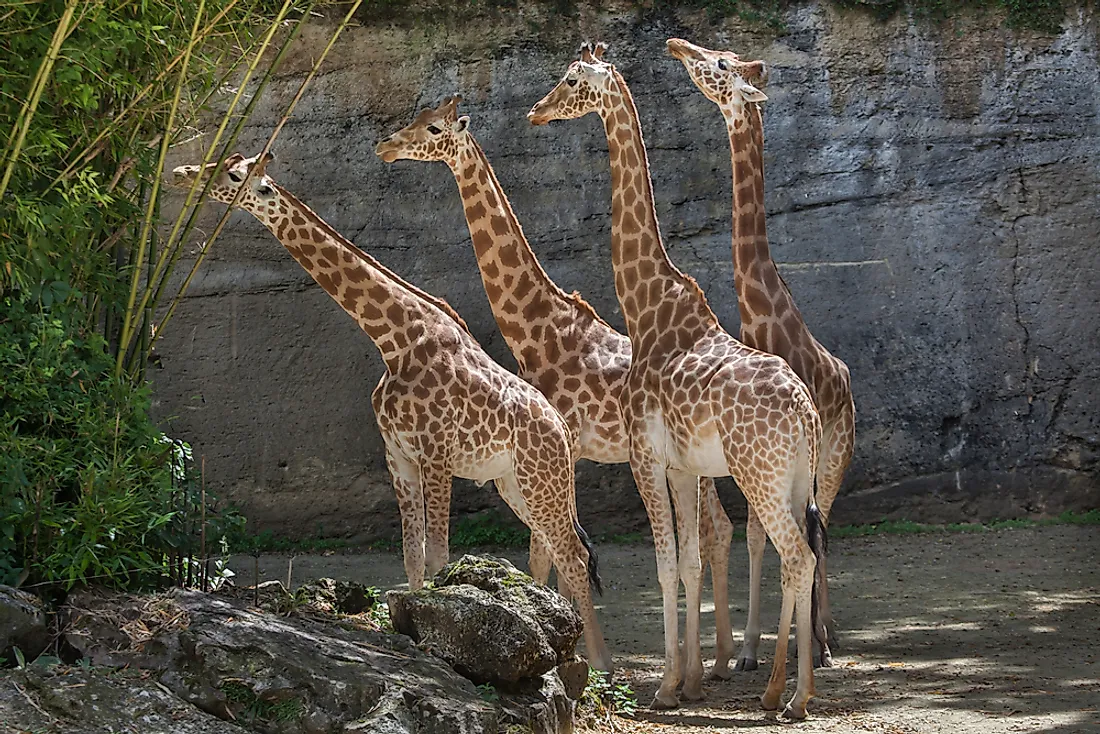
Located predominantly in the central African regions, the Kordofan giraffe is named after the Kordofan region of central Sudan. This subspecies has a territory that covers northern Cameroon, Central African Republic, and the southern regions of Chad. It is also rumored that there are some populations in western Sudan. The Kordofan giraffe is distinguished from the other subspecies of the giraffe by its small-sized body of about 16 to 20 feet in height and the irregular spots on the inner parts of its legs. Currently, there are roughly 2,000 individuals in the wild with the populations dwindling at an alarming rate due to poaching. The Kordofan giraffe is classified as vulnerable by the IUCN.
8. Nubian Giraffe (G. c. camelopardalis)
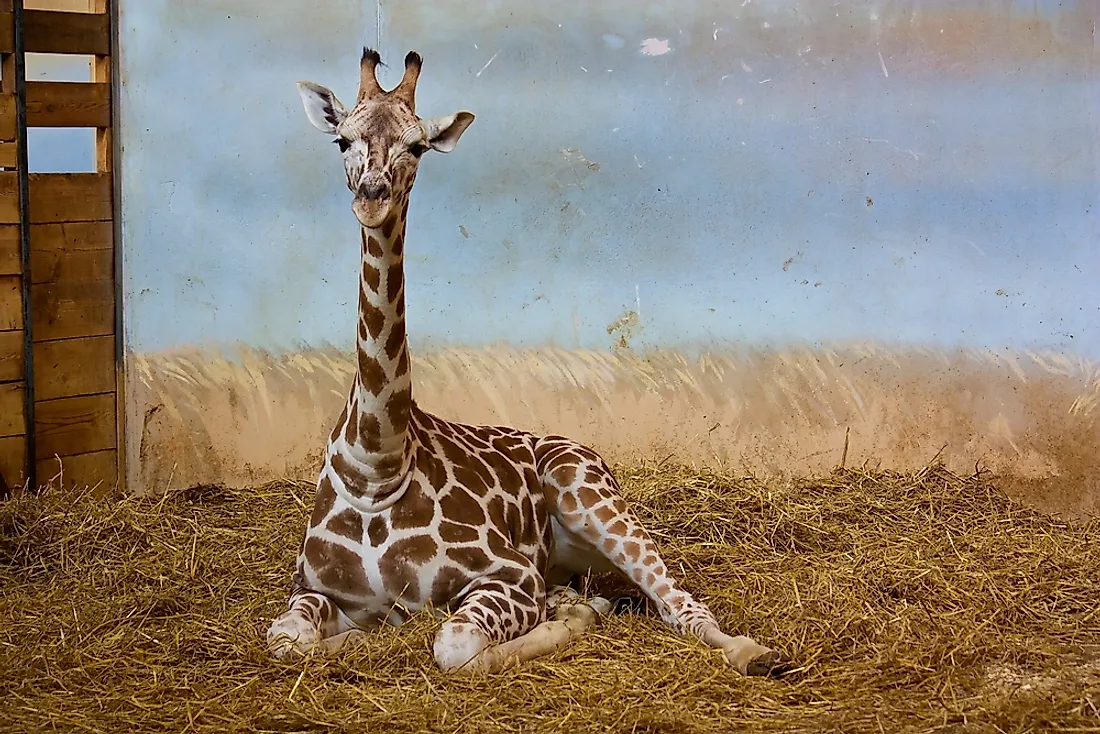
The Nubian Giraffe is the nominate subspecies of the giraffe; hence it takes the same name as the species. It has chestnut-colored spots that are sharply contrasted by white lines and does not have any spotting on its underside. These features distinguish it from other subspecies. The geographical habitat of the Nubian giraffe spans Ethiopia, Uganda, Kenya, South Sudan, and Sudan. In 2016, the IUCN listed the Nubian giraffe as vulnerable. Climate change and poaching have been listed as some of the factors leading to the decline in populations of this subspecies. It is currently extinct in the wild of Eritrea, Egypt, and the Democratic Republic of Congo. The number of Nubian giraffes has been estimated to be around 650 individuals in the wild.
7. Rothschild's Giraffe (G. c. rothschildi)
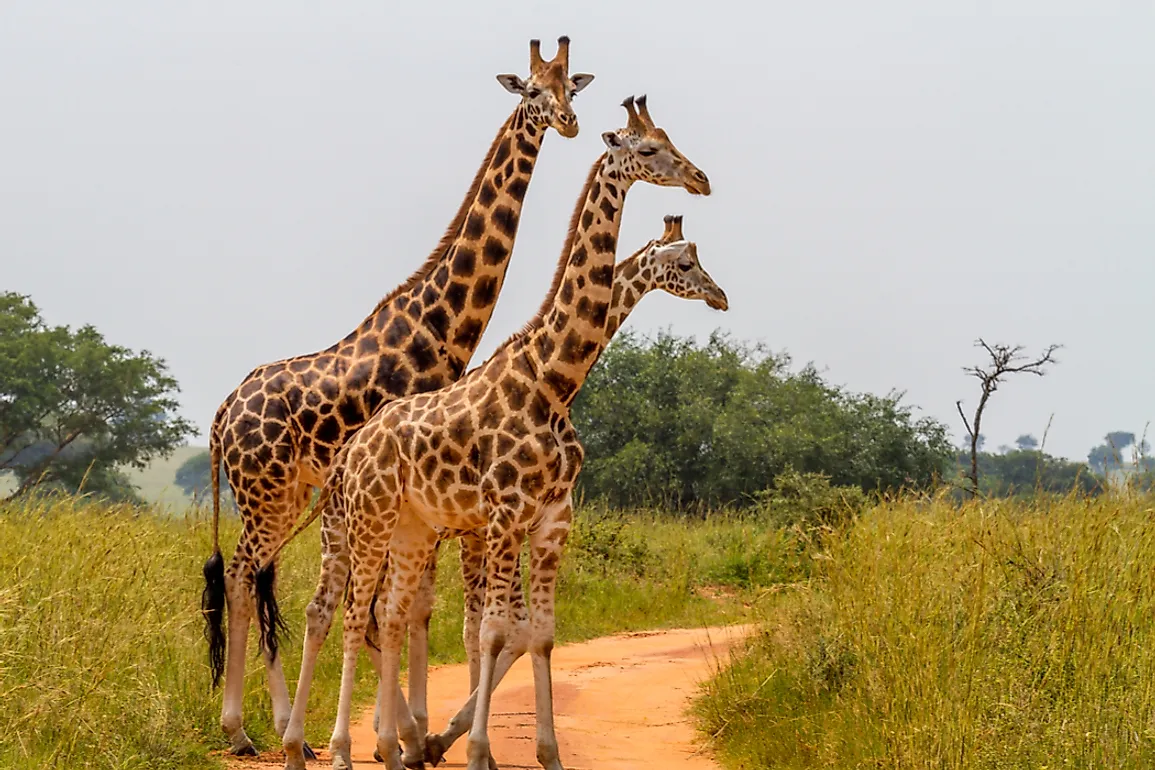
The Rothschild’s giraffe was once considered to be conspecific with the Nubian subspecies, but this taxonomy has never been actively accepted. The subspecies is easily confused with the Masai subspecies and sometimes the reticulated giraffes. The most distinctive feature of the Rothschild’s giraffe is in the lower parts of its legs which display no markings. Additionally, compared to the Masai giraffe, this subspecies has a paler pelt whose patches are less jagged and orange-brown. The channels between the patches emit a creamier hue as opposed to the bright-white channels of the reticulated giraffe. The Rothschild’s giraffe is classified endangered by the IUCN with a population of about 1,671 individuals in the wild. These individuals all live in protected regions of Uganda and Kenya.
6. West African Giraffe (G. c. peralta)
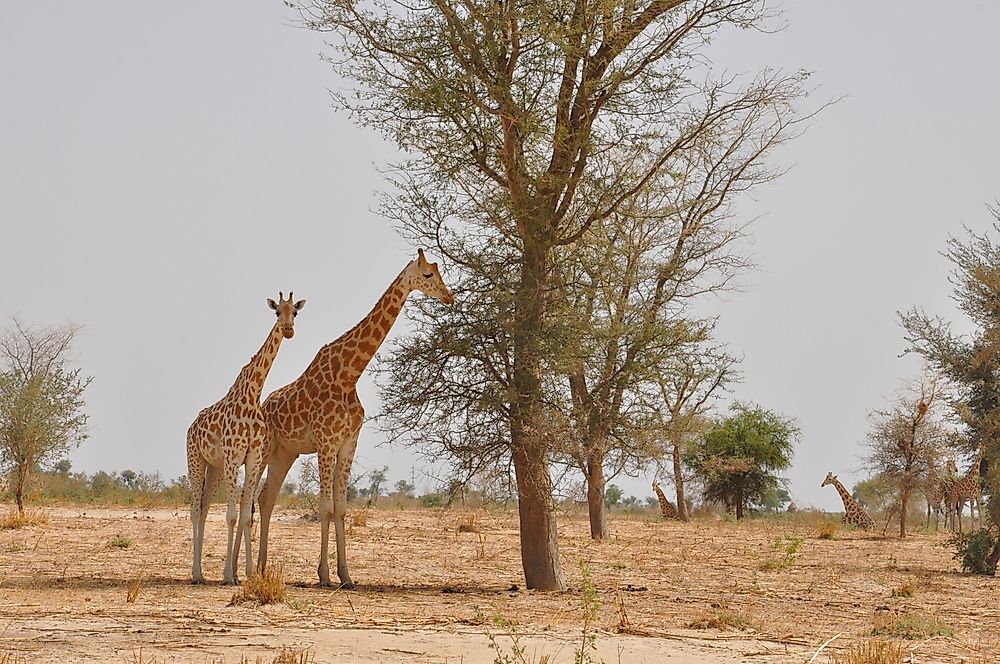
The West African Giraffe is also commonly referred as the Niger giraffe and sometimes as the Nigerian giraffe. It is distinguished from other subspecies by the light coloring of its spots. The diet of the West African giraffe is mostly similar to that of other subspecies of the giraffe consisting of leaves from acacia trees. During the 19th century, this subspecies ranged Senegal to Chad, but the Sahel drought between the 60s and 80s led to a dramatic decline in its populations. The West African giraffe is classified as endangered although conservation efforts have brought the numbers from near-extinction. In the 1990s the population was about 50 individuals, this came up to 175 in 2007, and as of 2016, there were estimated to be between 400 and 450 giraffes.
5. Reticulated Giraffe (G. c. reticulata)
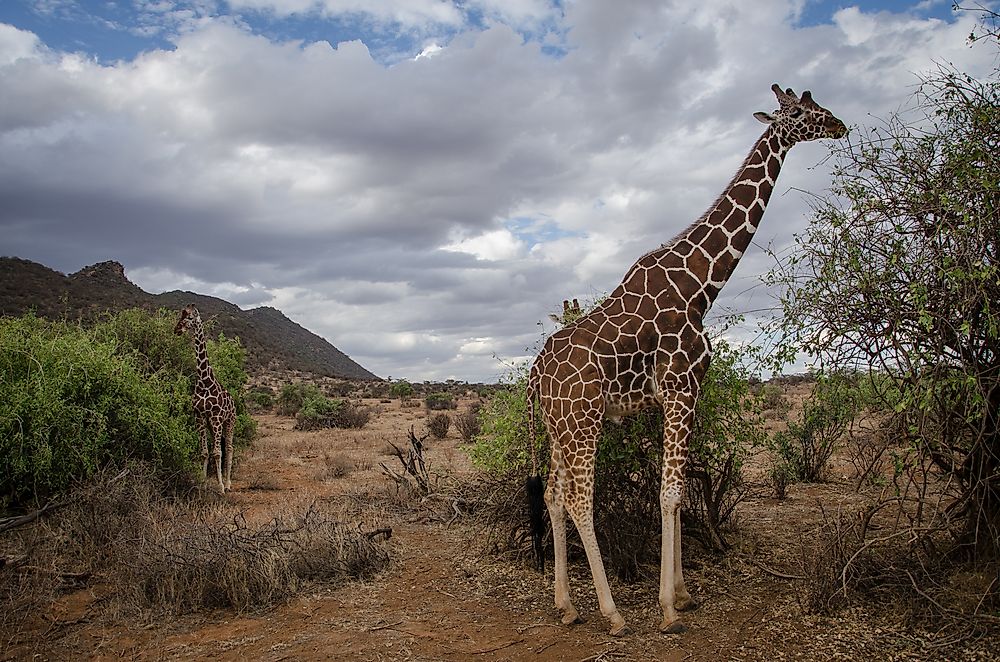
The reticulated giraffe is indigenous to the Horn of Africa, found in Somalia, northern Kenya, and southern Ethiopia. This subspecies is the most common in zoos alongside the Rothschild’s giraffe. It has a characteristic coat that consists of large, liver-colored patches that are outlined by a network of bright-white channels. Sometimes the patches may appear a deep red color and may run far down covering the legs. They are most likely to be found in habitats which include savannas, woodlands, and even rainforests. The reticulated giraffe is listed as vulnerable and has populations of about 8,500 individuals living in the wild.
4. Angolan Giraffe (G. c. angolensis)
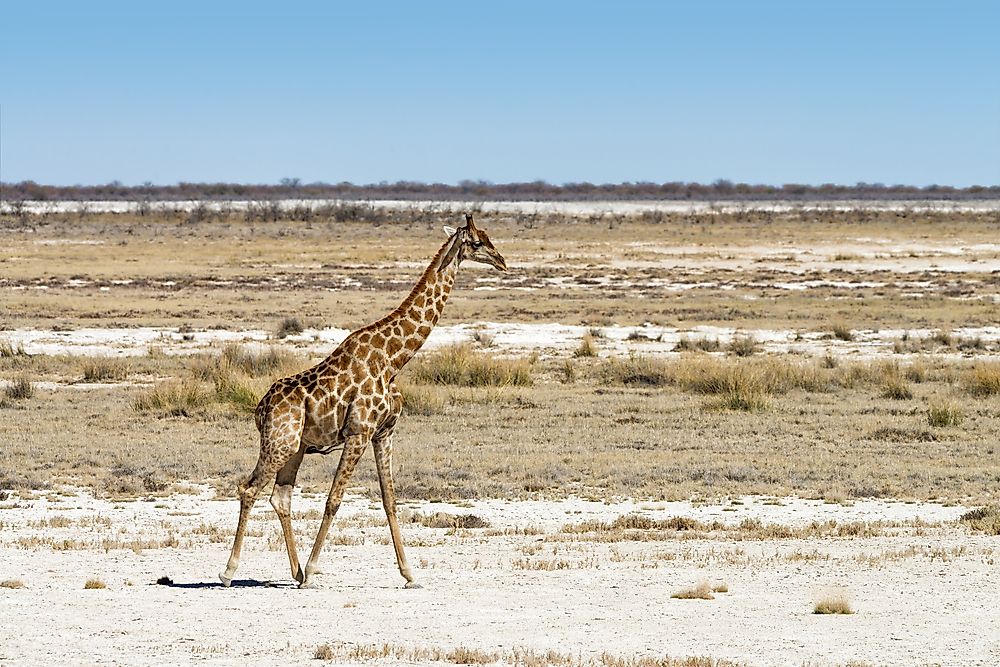
The Angolan giraffe is also called the Namibian giraffe and is often found in Botswana, northern parts Namibia, south-western region of Zambia, and west of Zimbabwe. Further genetic study of this subspecies conducted in 2009 suggested that the populations in Etosha National Park and those of the northern Namib each compose a distinct subspecies. The distinguishing features of the Angolan giraffe are its white ear patches and the size of the patches around the neck and rump which are somewhat smaller compared to other subspecies. The spots on the Angolan giraffe cover the entire body except for the upper part of the face. There are about 13,000 of this subspecies in the wild and 20 kept in zoos. The IUCN has classified this subspecies as vulnerable.
3. South African Giraffe (G. c. giraffa)
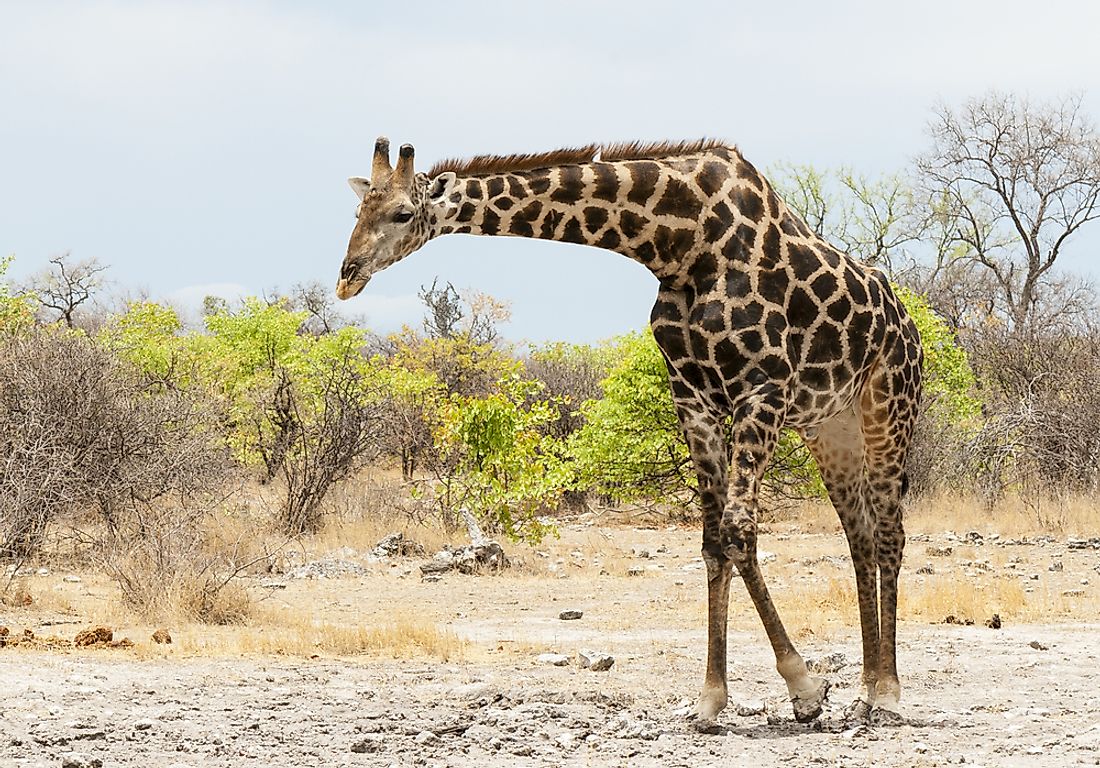
The South African giraffe also commonly known as the Cape Giraffe are found in South Africa, Botswana, Namibia, Mozambique, and Zimbabwe. The spots of the South African giraffe are large, rounded, dark-brown, and some have star-like extensions. These spots become smaller towards the hooves. The South African giraffes usually live in woodlands and savannahs where they can access food plants with ease. They feed on leaves, fruits, and flowers of acacia trees and other woody plants. There are roughly 31,500 giraffes of this subspecies in the wild and 45 in zoos. The IUCN moved its classification from least concern to vulnerable in 2016.
2. Masai Giraffe (G. c. tippelskirchi)
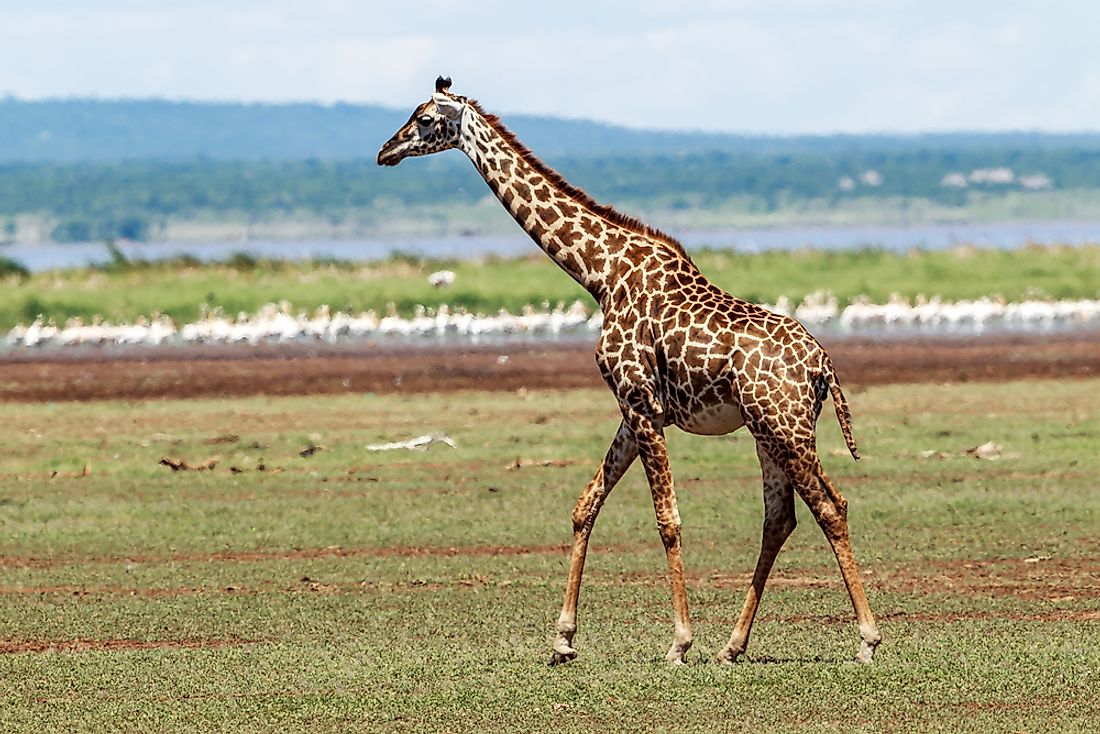
The Masai giraffe is indigenous to East Africa and is typically found in Tanzania and central and southern parts of Kenya. It is the largest of all the giraffe subspecies and has distinctive, irregular, star-like blotches that run down to the hooves. Classified as vulnerable, the population of the Masai giraffe has declined by an immense 52% over the past few decades. Currently, approximately 32,550 individuals are living in the wild. Further research has shown that the survival chances of adult Masai giraffes outside protected areas are lower due to extensive poaching for their skin and meat.
1. Thornicroft's Giraffe (G. c. thornicrofti)
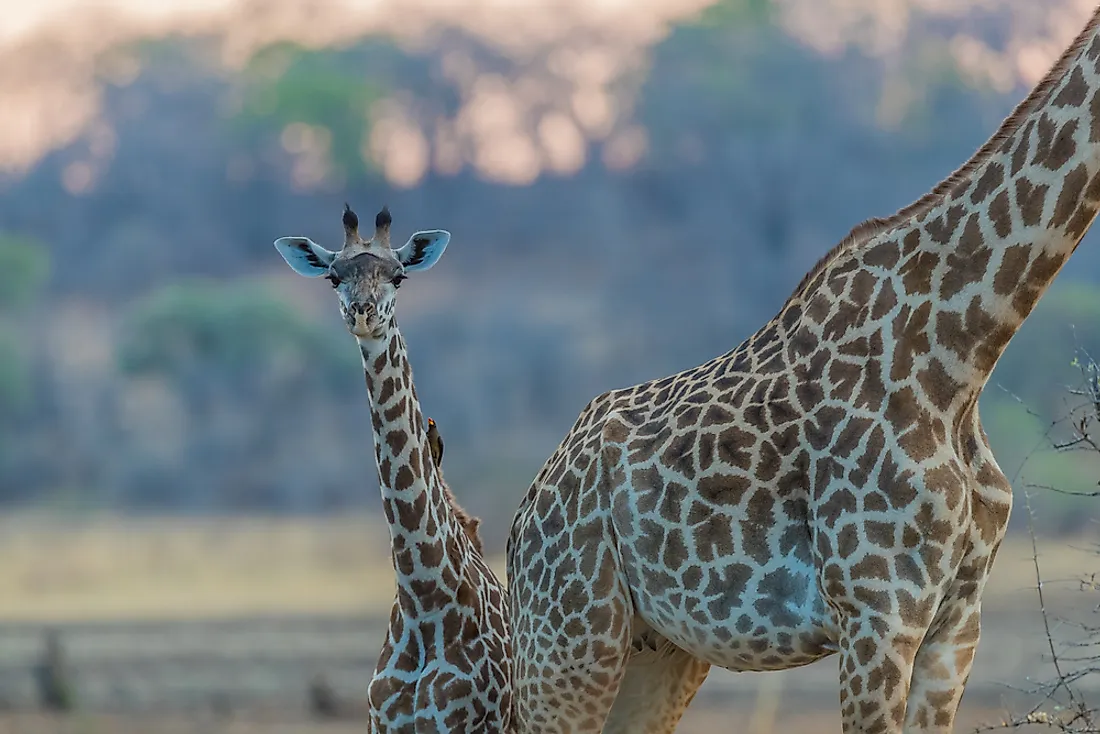
The Thornicroft’s giraffe is also known as the Rhodesian giraffe. It is the most geographically isolated subspecies with its entire population being found only in the southern parts of the Luangwa Valley in Zambia. During the wet season, they feed on deciduous plants and transition to semi-evergreen and evergreen trees in the dry season and their feeding has been shown to stimulate the production of shoots in acacia trees. When available, the giraffe will choose flowers, pods, and fruits over leaves. Thornicroft’s giraffes attain sexual maturity at the age of six years and breed throughout the year. Like other giraffes, they can become pregnant while still lactating and produce offspring every 23 months. There are at least 550 individuals of this subspecies living in the wild and no captives. IUCN has listed this species as vulnerable with its main threats coming from poaching and habitat loss.











